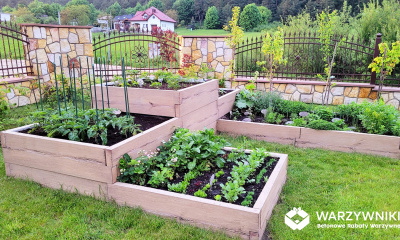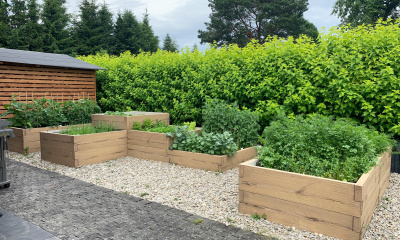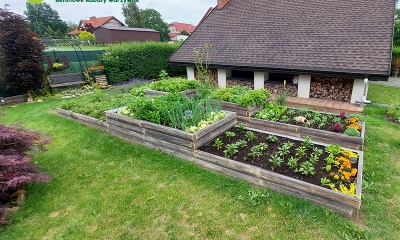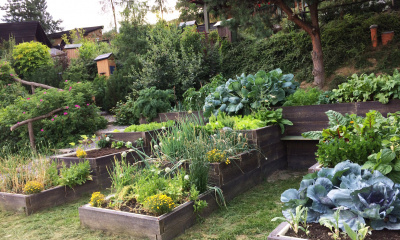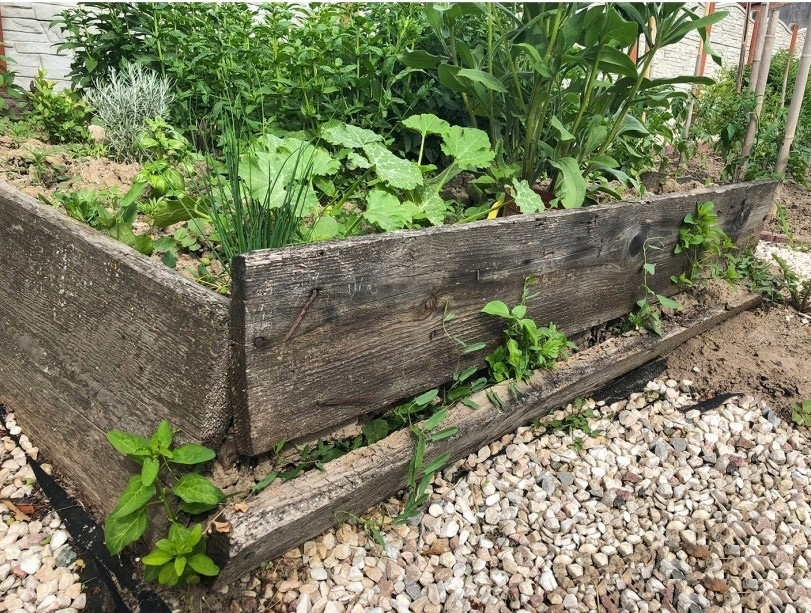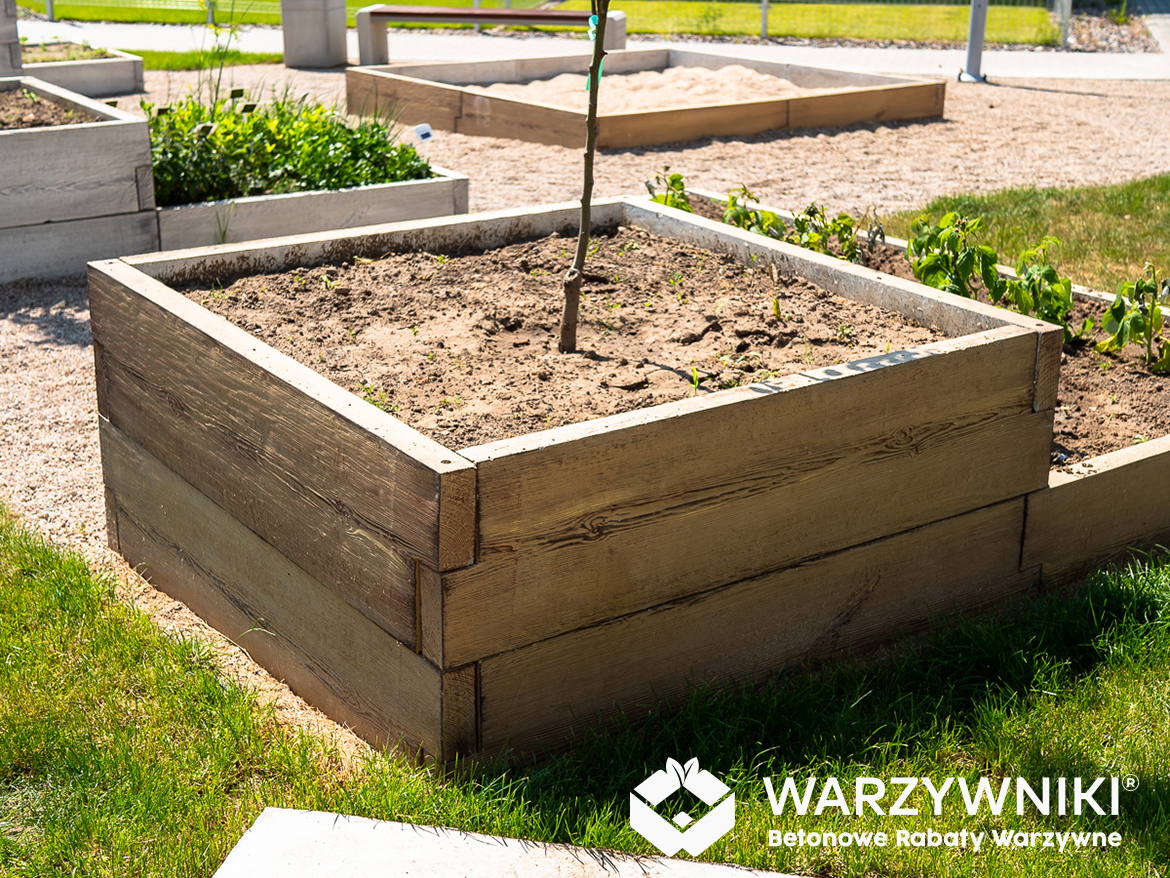Raised vegetable beds are, for many reasons, an increasingly popular solution for gardens. Garden boxes provide pest control, plants are not trampled by animals and children, and can be easily filled with high-quality organic soil to grow vegetables, fruits, herbs and a variety of flowers. In addition, they make the garden more aesthetic. The most popular materials for raised beds are wood, metal and concrete.
What are raised beds?
Elevated beds, also known as raised vegetable beds, are an excellent way to grow vegetables and fruit in quantities that meet the needs of the household. Gardening in crates is about placing good quality soil in containers and growing plants at different heights.
Containers can be of various shapes, heights and lengths. Growing plants in garden boxes guarantees the occurrence of fewer weeds, because the plants can be planted more densely. The soil in the boxes heats up faster, so you can start sowing seeds earlier and it does not erode, due to the fact that you do not need to dig it – it is the so-called no dig cultivation.
Vegetable boxes
High beds make it easier to work in the garden. Properly selected height means that you do not have to bend down, which is very beneficial for the elderly and those with back problems. Moreover, if the boxes are solidly constructed, the gardener can sit on the edge while chaffing.
It is worth noting that elevated beds are not the same as garden pots. Pots usually have a covered bottom, some have a small hole for the drainage of water. In vegetable cultivation it is important that the boxes do not have a bottom so that the roots can freely reach into the ground.
Traditional raised beds were made of wood. The advantages of using wood for elevated beds are its price and availability. They also have some of the best thermal properties. In addition, they are light and you can create various shapes from them. Nevertheless, they also have disadvantages. The main disadvantage of wooden crates is their durability. The boxes will not work well in places where the climate is humid and it often rains. The wood rots over time and can be eaten by pests, so it will need to be replaced after a few seasons. It is also worth taking into account the fact that not all wood is suitable for growing plants. Impregnated and varnished wood should be avoided, as it may be harmful to the environment and to our crops.
Concrete raised beds
Concrete vegetable gardens are an alternative to wooden boxes. They consist of concrete elements imitating wood, semi-log or architectural concrete. One element is 29 cm high and is available in three lengths: 50, 90 and 128 cm. Each element is reinforced with steel reinforcement, thanks to which the concrete will not crumble. The elements are connected by means of stainless steel pipes. Concrete vegetable veggies are a durable solution that will serve for many years. These boxes can be expanded, when you want to enlarge your garden, you just need to buy the desired number of elements.
On the site, you can choose from dozens of shapes of raised beds or create your own. Concrete vegetable gardens are a more expensive solution, but by choosing a board or semi-ball pattern, we have wooden-looking boxes that will decorate the garden for much longer.
- Skrzynia drewniania

